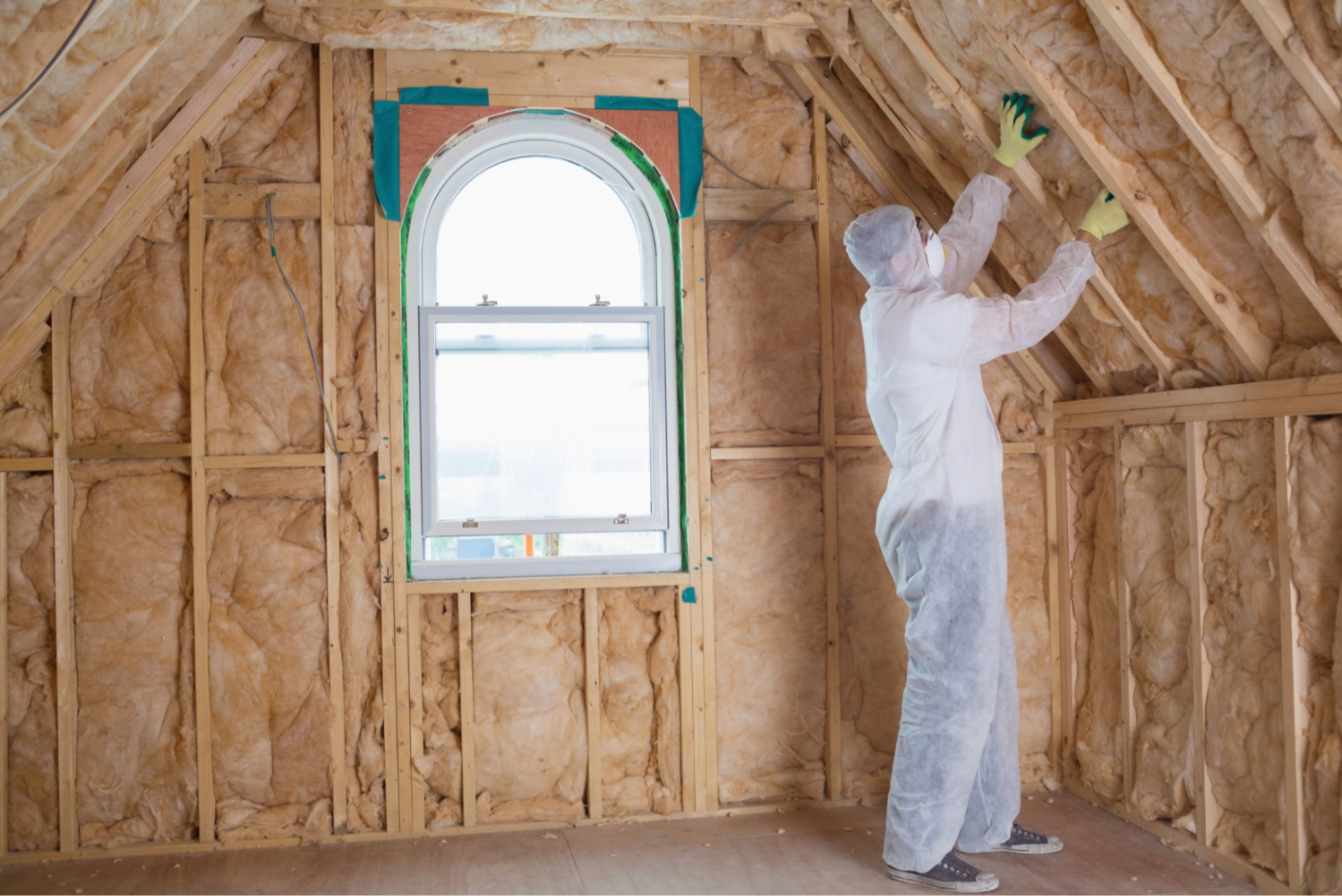
R-value measures how well insulation resists heat transfer. A higher R-value means better insulation performance, leading to reduced energy consumption and lower heating and cooling costs. Homeowners and businesses looking to improve energy efficiency should consider the right insulation thickness to achieve optimal results.
Insulation thickness directly influences R-value. The thicker the insulation, the greater its ability to resist heat flow. However, other factors, such as material type and installation quality, also play a role in determining effectiveness. Understanding how these elements interact helps in choosing the best insulation for specific needs.
Selecting the appropriate insulation involves balancing cost, performance, and material type. Some key considerations include:
| Insulation Type | Approximate R-Value per Inch |
|---|---|
| Fiberglass Batts | 3.0 – 4.3 |
| Spray Foam (Open) | 3.5 – 4.0 |
| Spray Foam (Closed) | 6.0 – 7.0 |
| Rigid Foam Board | 4.0 – 6.5 |
| Cellulose | 3.2 – 3.8 |
Each material has different properties, impacting installation cost, moisture resistance, and longevity. For example, spray foam provides a higher R-value per inch but may require professional installation.
Climate affects insulation needs. The U.S. Department of Energy provides recommendations based on climate zones:
Matching insulation thickness to climate ensures cost-effective energy savings.
Proper installation is essential to achieving the expected R-value. Common issues include:
Professional installation helps avoid these problems and ensures insulation performs as expected.
Investing in high-quality insulation significantly reduces energy bills and improves indoor comfort. At Insulation Services of Michigan, Inc., we offer expert guidance on selecting the right R-value and insulation thickness for your home or business. Our team provides professional installation to maximize efficiency and long-term savings.
For expert assistance, contact us at (810) 267-4121 or email kam@ismichigan.com.
Enhancing insulation not only cuts energy costs but also provides additional advantages:
The ideal R-value depends on your climate zone and energy goals. Warmer areas require lower R-values, while colder climates benefit from higher values.
The amount depends on the existing insulation, climate conditions, and the desired energy efficiency level. An energy audit can help determine the right amount.
Beyond a certain point, additional insulation has diminishing returns. Proper placement and material selection matter as much as thickness.
Some types, like fiberglass batts, are DIY-friendly. Others, like spray foam, require professional application for best results.
Proper insulation reduces heating and cooling costs by maintaining indoor temperatures more effectively, lowering energy consumption.
Spray foam has a higher R-value per inch and creates an air seal, but it costs more than fiberglass. The best choice depends on budget and application.
Most insulation materials last 20-50 years. However, moisture exposure or improper installation can reduce lifespan.
Yes, denser insulation materials like cellulose and spray foam help absorb sound, reducing noise between rooms and from outside.
Signs include high energy bills, uneven temperatures, and drafts. A professional assessment can confirm whether additional insulation is needed.
Attics, walls, basements, and crawl spaces are critical areas for insulation. Addressing these spaces provides the most significant energy savings.